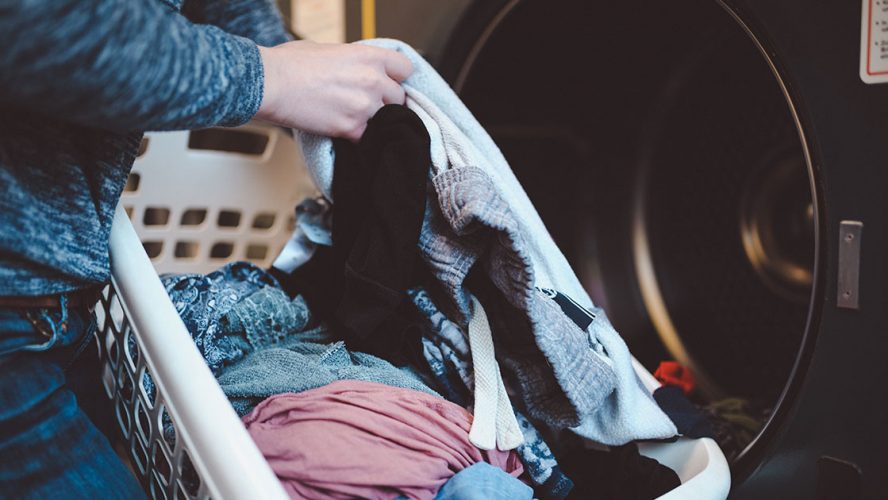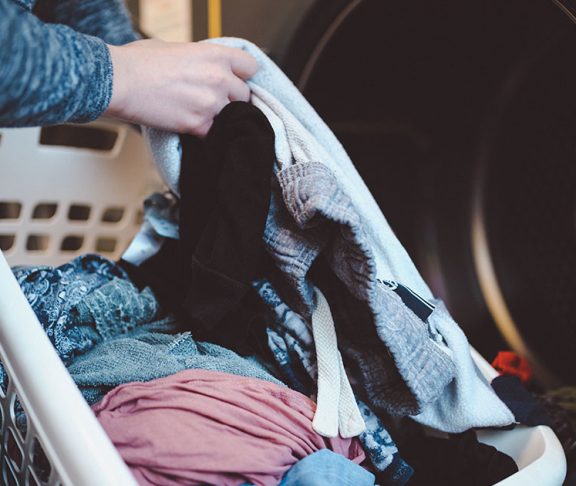Turn your household into a mean, green, climate change fighting machine — and even save money — by focusing your attention on these five common areas, from lights to laundry, that you might not realize are wasting energy.
1. Refrigerator
How often do you find yourself staring into your refrigerator, hopelessly searching for the perfect midnight snack? This seemingly innocent act Normalaccounts for 7 percent of the appliance’s total energy use, according to Home Energy Magazine. Every single time you open your refrigerator door, cold air escapes and is replaced by warm air. The fridge’s compressor then has to work twice as hard to drive the warm air out and bring the temperature back to normal.
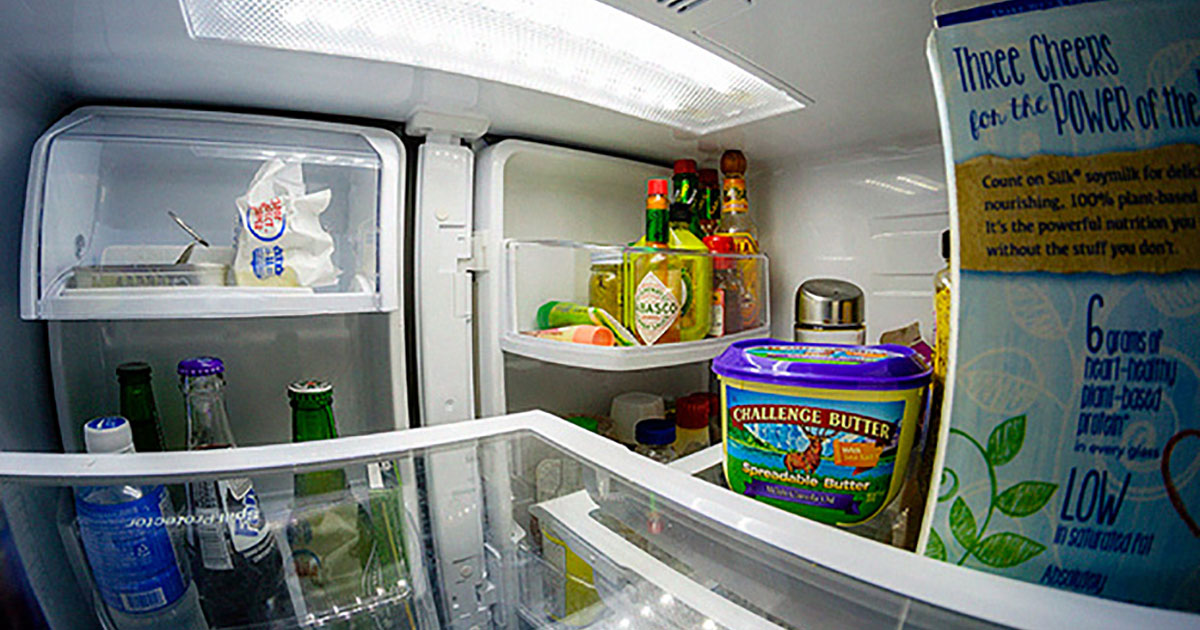
Nonetheless, we all need somewhere to store our leftovers. New, energy efficient models maximize energy and dollar savings without sacrificing the features you want. If you’re not in the market, try keeping your refrigerator between 35 and 38 degrees to improve efficiency. Keeping it well-stocked — whether with beer or broccoli or both — will prevent it from losing coolness when the door is opened.
2. Dishwasher
Families have been arguing about whose turn it is to empty the dishwasher since the early 1900s, when the first electric dishwasher was introduced to the market. While an electric dishwasher will inevitably contribute to your carbon footprint, it is by no means the guiltiest appliance in your household. Though it may feel more righteous to wash by hand, it is in fact more wasteful. One could easily waste up to 27 gallons of water per load by hand versus as little as 3 gallons with an energy efficient dishwasher.
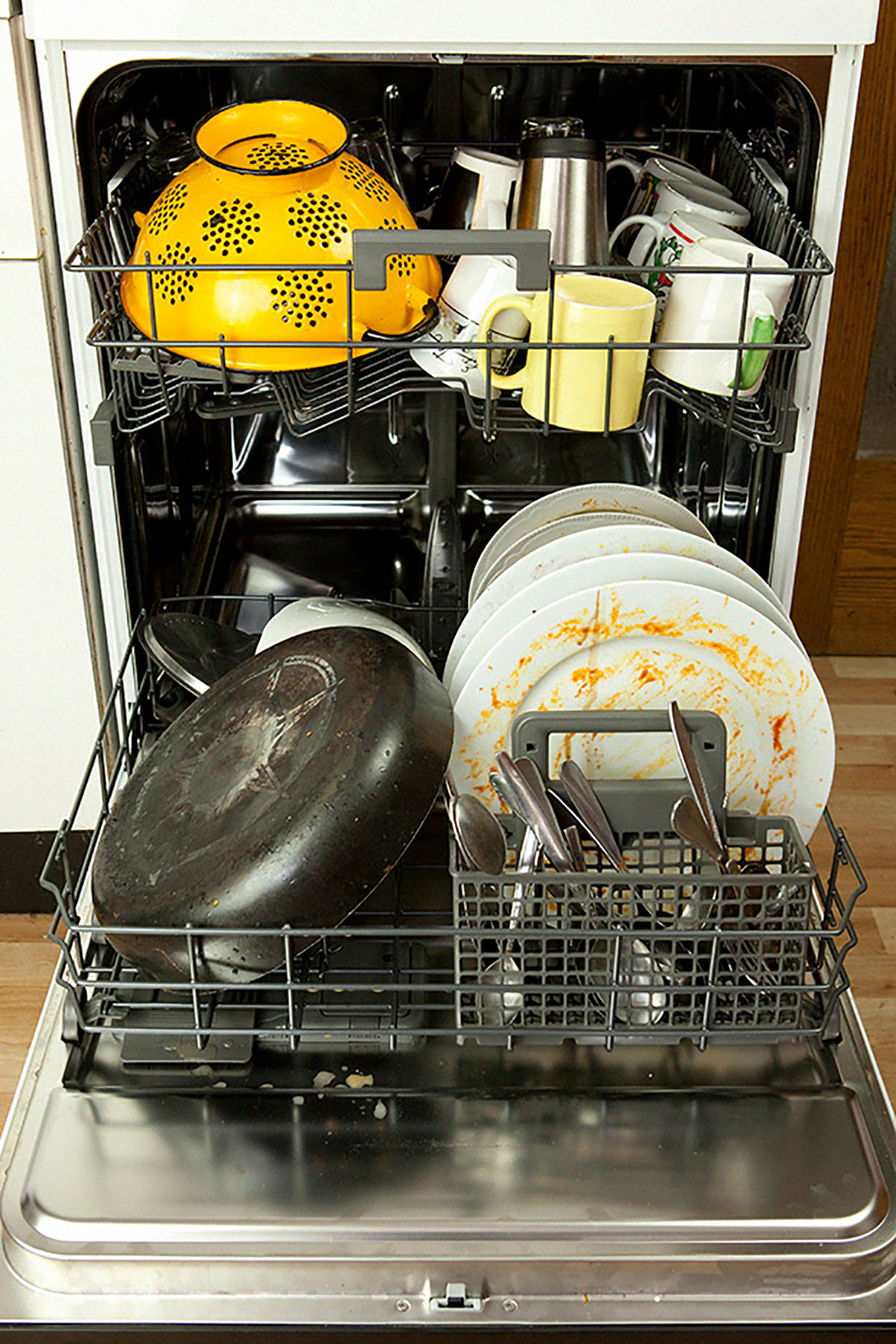
There are, however, plenty of ways to use this appliance mindfully. If you’re snacking on hummus or something sticky, simply scrape off the scraps instead of rinsing each dish individually. Additionally, dishwashers use about the same amount of energy and water despite the number of dishes inside, so don’t feel bad about letting a full load cumulate.
3. Washing machine
No one likes laundry day, but no one detests it as much as Mother Nature. In the United States, a typical family of four averages 300 loads of laundry each year, which accounts for 15 to 40 percent of that household’s water consumption.

The majority of energy (close to 90 percent) that a washing machine consumes is used to heat the water. Making the switch to cold-water washing can make a big difference, reducing a household’s carbon dioxide emissions by 1,600 pounds annually.
4. Lighting
There’s a reason your parents used to yell at you for leaving the lights on when you left the room. According to the U.S. Energy Information Service, lights represent about 14 percent of the average household electric bill. But the benefits of flipping the light switch off extend far beyond your own electric bill.

The Environmental Protection Agency estimates that if every U.S. household replaced just one traditional light with an energy efficient bulb, America would save enough energy to light 6 million homes, save $600 million in utility bills and reduce enough greenhouse gas emissions to equal the removal of one million cars from the road.
5. Water heater
Water heaters are the unsung heroes of the American household. You never realize just how hard they work until you’re forced to endure a cold shower in December. A water heater uses 14 percent of an average home’s energy costs, working ceaselessly to heat water for clothes, dishes and baths. An energy efficient water heater can cut your water heating bill in half.
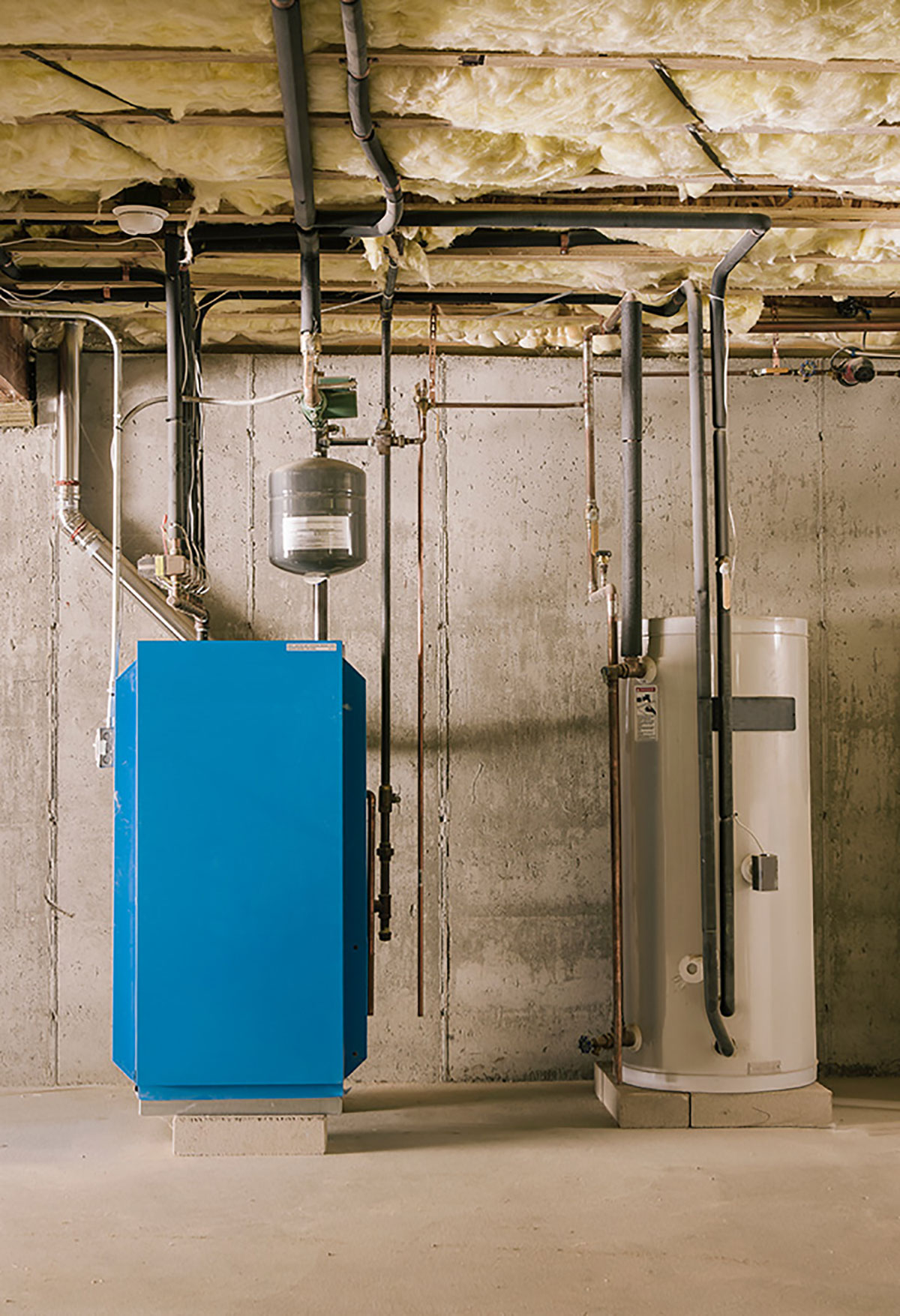
If you can’t replace your current system, setting the water heater thermostat to 120 degrees or lower will save money. If set it too high, your water heater can waste anywhere from $36 to $61 annually in standby heat losses.
Staff, [email protected]
